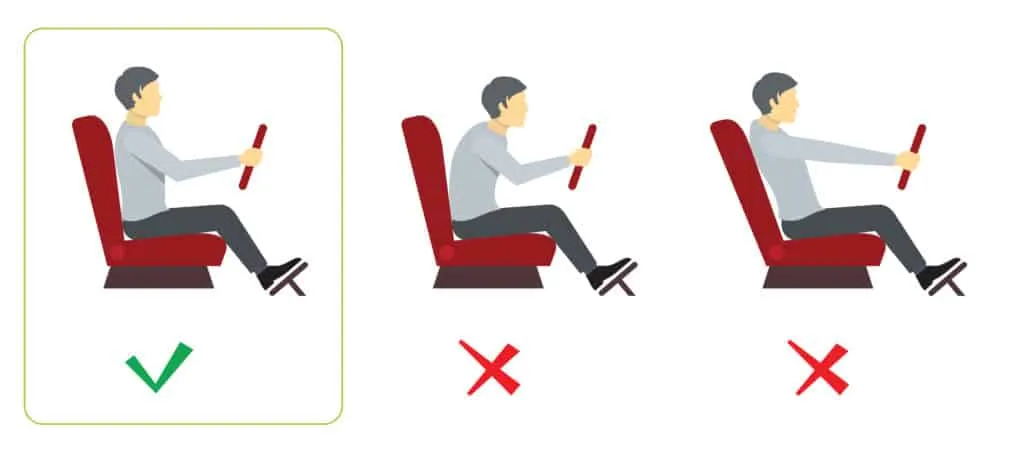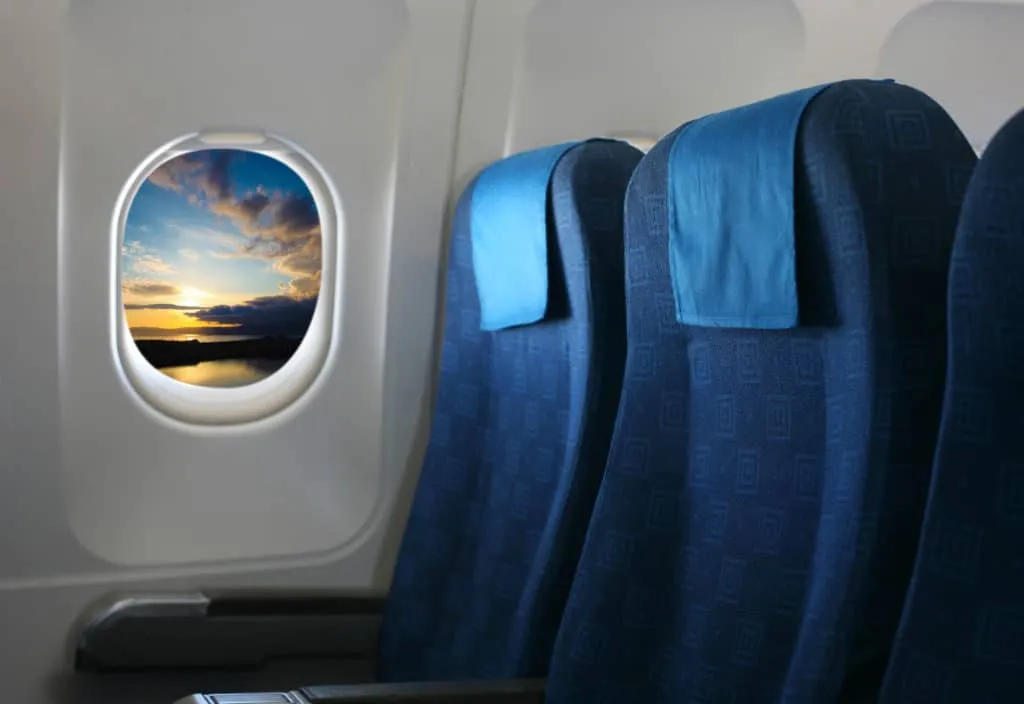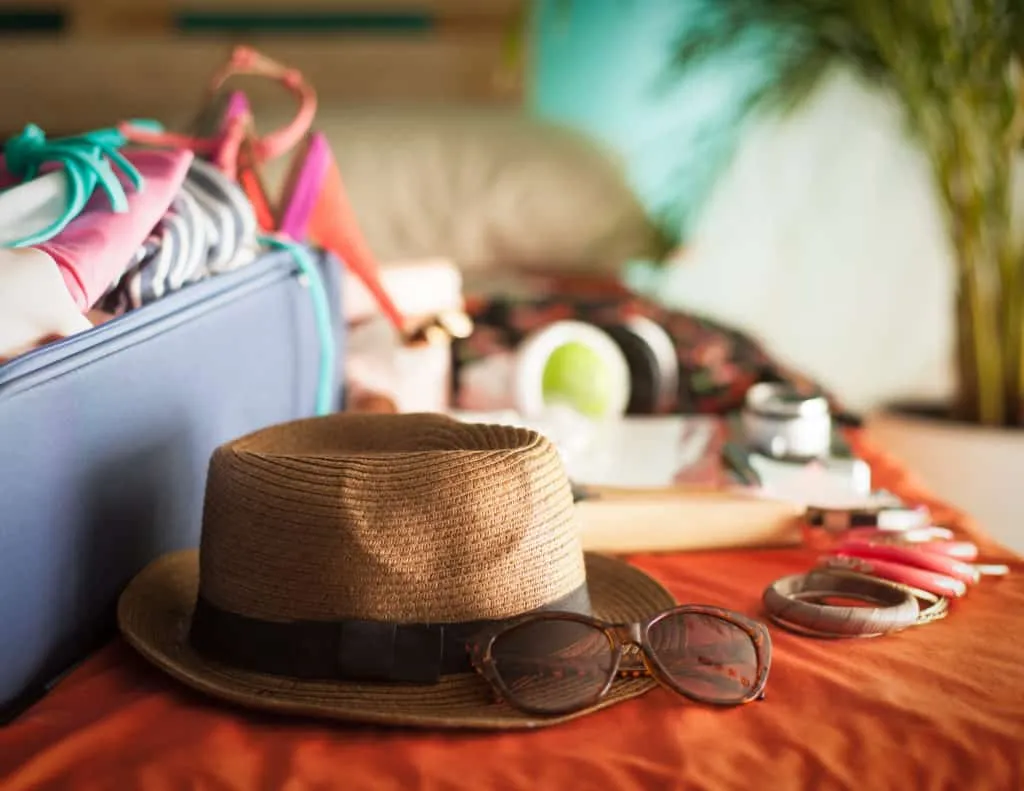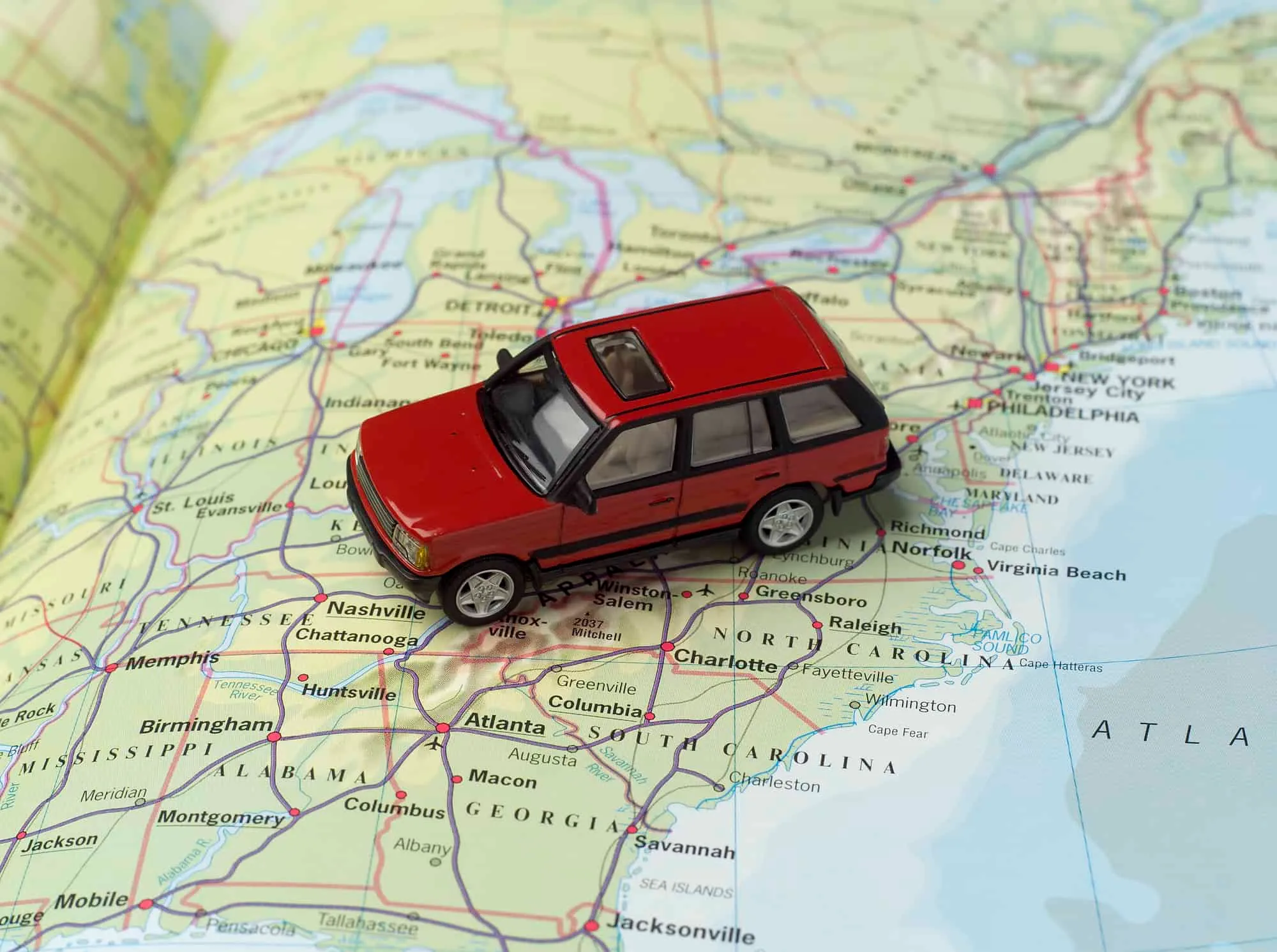Many of us have been more sedentary in the last year than ever before. Confined to our homes, bound to our desks and computer screens by circumstances out of our control.
The good news is that things are getting back to normal. We have a year’s worth of beach trips, weekends at the lake, visiting family, and seeing new places to catch up on!
Although the obstacle of COVID-19 is fading away, there is another factor that causes millions of people to dread or avoid traveling altogether – BACK PAIN.
For the average traveler, long car rides, flying, increased physical activity, stress, new sleeping situations, and transporting luggage are just part of the experience. However, if you have back problems, all of these things can exacerbate your pain and take the joy out of traveling.
Read the following “Road Trip Tips” to find out how you can reduce or even eliminate back pain caused by travel.
Road Trip Tips for Back Pain
Road trips can be really tough for people with back pain. Sitting for long periods of time in the exact same position can cause soreness and extreme discomfort that kick your trip off on the wrong foot.
Prepare for the worst when it comes to back pain.
What if your back feels great in the days, weeks, or even months leading up to the trip? It would be easy to be optimistic and assume that your back pain will remain at bay, but often the opposite happens, and people tend to tweak or strain their back as they are getting ready for their trip.
There’s nothing wrong with a little preparation to go along with your positive attitude. Bring anything and everything that could offer you some relief if the pain hits.
Here are some items to consider—these items could prevent hours of agonizing pain and help you start your hard-earned vacation off on the right foot.
Lumbar Pillow for lower spine support.
A lumbar pillow can be placed in the small of your back to support and protect the lumbar area of your spine. Lumbar pillows reduce pressure on the lumbar region, promote good posture, help to distribute your weight evenly, and prevent you from slouching or leaning forward which can lead to lower back pain.
If you don’t own a lumbar pillow, any small pillow or a rolled up sweatshirt or towel will have a similar effect. Additionally, readjusting your lumbar pillow or using it in intervals will prevent your position from becoming too stagnant which is key to preventing back pain while sitting for long periods of time.
Portable heating or cooling pads can be a huge source of relief.
Placing a heating pad between you and the seat back will relieve back pain by boosting circulation; increasing circulation will sooth feelings of stiffness in your joints and muscles. A cooling pad can be used to reduce pain associated with inflammation and provide temporary relief from nerve pain.
Alternating between heat and cooling can be useful to maximize blood flow, think of it like contracting and then relaxing your blood vessels. This is a great strategy for tense or painful muscles.
You can learn more about when you should use heat and when you should use cooling on our Sciatica and Back Pain page.
Back Pain: Driving Posture

Making a conscious effort to maintain good posture as much as possible throughout your trip will reduce the likelihood of back pain.
Avoid uneven weight distribution.
If you are driving, empty your pockets and position your hands evenly on each side of the wheel- we recommend placing your hands at the 8 and 4 position on the steering wheel. Anything that throws off your center of gravity causes an uneven distribution of weight which can lead to back pain.
Sit a comfortable distance from the steering wheel.
This will help you to achieve good posture. Sitting too far from the steering wheel will cause you to lean forward to reach the steering wheel, putting pressure on your lumbar spine, neck, and shoulders which will lead to pain over time.
Monitor your posture throughout your trip.
Make sure that your back is touching the seat and your head is positioned lightly touching the headrest for most of the time.
Move Around To Ease Back Pain!
It is crucial that you take every opportunity to get up and move! Humans were not meant to sit for extended periods of time and it can take a serious toll on your body. Every time you stop for gas or food, get out of the car and walk around for a few minutes. Additionally, there are various stretches that you can do to best utilize your short breaks.
You can watch a video tutorial of the stretches that we recommend above, or by heading to the Simply physio Youtube channel.
Back Pain: Flight Tips

To a lot of people, flying is one of the luxuries that we were sad to give up during the COVID-19 pandemic. However, flying is anything but luxurious for those who suffer from chronic back pain. Long lines, being forced to remain stationary to long periods of time, heavy luggage, and cramped seats come together to form the perfect storm for back pain.
Flying might never be an enjoyable experience for people who suffer with back pain, but there are some tips and tricks that can help make it more bearable. (Most of the road trip tips mentioned above can be applied to flying as well- come prepared, watch your posture, and move as much as possible.)
Plan Ahead!
Stress is a major contributor to back pain and let’s face it, travelling can be extremely stressful when you don’t plan ahead. Careful planning is your best bet for avoiding a miserable travel experience.
Choose your seat carefully.
The further in advance that you book your plane ticket, the more seat options will be available to you. Always choose an aisle seat if it’s available so that you will have as much freedom as a plane allows to stand up, walk, and stretch. Choose an exit row if you are capable of assisting in an emergency in order to avoid feeling cramped and to use the extra leg room to stretch.
Consider upgrading for maximum comfort.
Upgrading to a business class or first class seat if you are able to do so is very beneficial. The seats in business and first class are superior to coach seats and they are typically located closer to the front of the plane which means you will exit the plane first, avoiding standing in tight quarters for a long period of time.
Packing Tips

Pack lightly.
Only bring the bare necessities. Packing lightly is easier if you start a few days in advance and really consider what you will need. Think of versatile clothing items that could serve dual purposes.
Pack comfortable shoes.
Bring a pair of shoes that you have worn before so you know for sure that they are comfortable.
Check your bag and leave the heavy lifting to the professionals.
Airports often require a lot of walking and a heavy bag will only add to the toll that takes on your back. Especially consider checking your bag if your flight is not direct.
Additionally, lifting carry-on bags into overhead luggage containers is a risky move for some people who struggle with chronic back pain. If you absolutely must take a large carry-on bag, ask for assistance storing it on the plane if you are worried that you might hurt yourself in the process.
Use a rolling bag or a backpack rather than a shoulder bag.
Carrying a bag on your shoulder puts uneven weight on your back which will likely strain your spine. A rolling bag reduces the amount of effort required to transport your luggage. If you’re a super light packer or want to take a small carry-on, backpacks are your best option for even weight distribution.
Think Ahead

The trip itself often poses a different set of risks to your back. Missing out on parts of a trip that you have been looking forward to because of back pain would be devastating, so plan ahead and set yourself up for success.
Don’t push your body to a breaking point.
While you might be paranoid about missing out on something, it is also important to take care of yourself. If you push yourself too hard early in the trip, you may find yourself unable to push through the pain later on in the trip.
Time your activities strategically to give your back some recovery time.
It is wise to alternate physically demanding activities with more relaxed activities in order to let your body rest. If you know you are going to be walking a long distance or doing something else that tends to irritate your back, plan a short break or a leisurely activity to follow.
The Best Travel Tip For People With Back Pain
Now the best advice I can give you for reducing the odds of aggravating your back on your next vacation is to “bulletproof” your back. All these tips that we have mentioned are short term ways to reduce the strain on your back, but we can do better.
Life is too short to live in fear of your back “going out” on you. Our back pain specialists at Simply Physio are trained to diagnose the root cause of your back pain and develop a plan that will yield long-term results.
The best way to get started is to request a free Discovery Visit. If you’re not quite ready for that yet, be sure to request our Back Pain Guide: 8 Solutions To Eliminate Back Pain.



